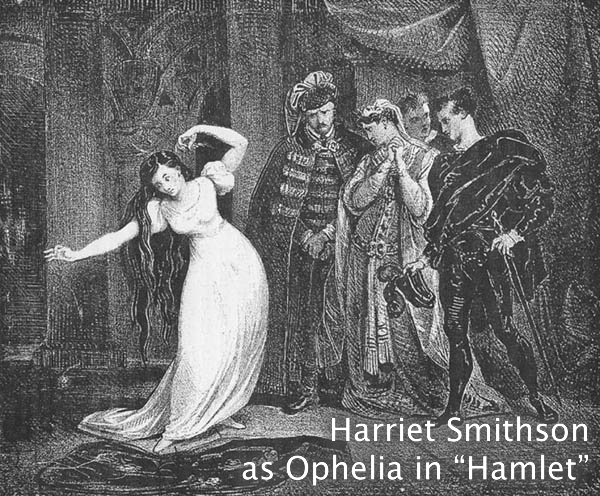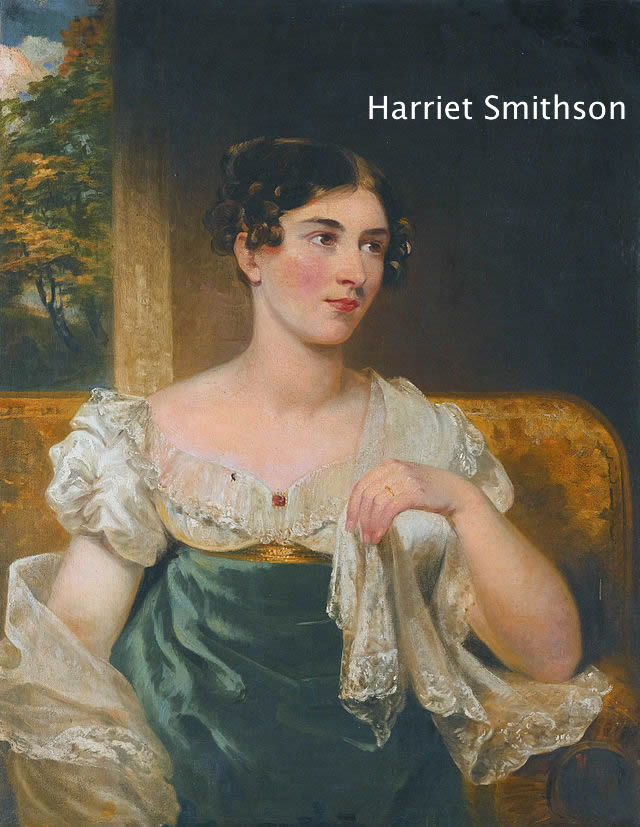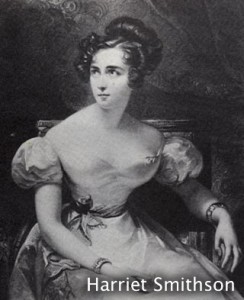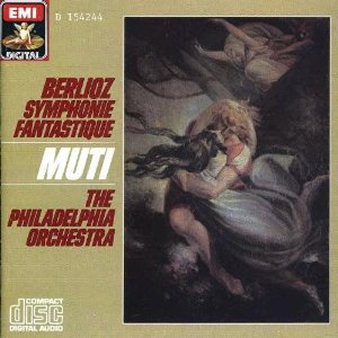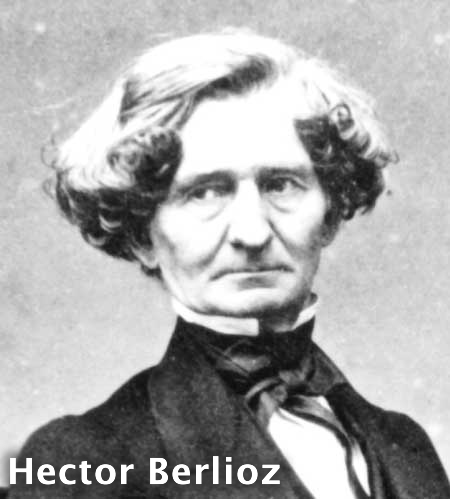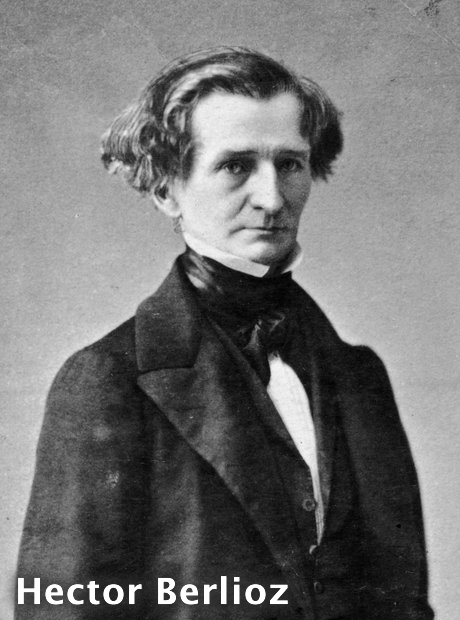
Anton Bruckner (1824 – 1896)
Symphony No. 4 in E-Flat Minor ‘ Romantic’
———————
Esa-Pekka Salonen, Conductor
Los Angeles Philharmonic
Recording Location: Dorothy Chandler Pavillion, Los Angeles, May 12-13, 1997
———————
ONE-SENTENCE REVIEW:
A great performance by a great orchestra with a great conductor of an ALMOST great symphony.

ORIGINAL LINER NOTES by Tim Page:
Anton Bruckner (1824-1896) is a decidedly idiosyncratic Olympian. He has never been one of those composers beloved by almost everybody (as might be said of Mozart or Beethoven) and, throughout much of the world, we do not inevitably expect to find a Bruckner work on the schedules of our symphony orchestras. Brucker’s statue might be likened to that of Hector Berlioz or Jean-Philippe Rameau; nobody doubts his greatness, but his work remains relatively unknown to the casual concertgoer.
Still, those listeners who like Bruckner’s music at all usually love it deeply. if he may still be considered something of a ‘cult’ composer, his is among the most passionate of such cults. Watch the audience at a performance of one of Bruckner’s symphonies sometimes. Half of the people in attendance will seem to know every note by heart, submerging themselves in meditation as the work progresses, smiling when a particularly beatific passage for strings shimmers by, sitting up sharply as the timpani usher in yet another vast, churning crescendo. And woe to any critic who presumes to doubt the faith!
The three Bruckner symphonies we hear most often are probably the sweeping and spacious Symphony No. 8, the Symphony No. 9 he left unfinished at his death (one wonders whether anybody could have written music to follow the glorious conclusion of the Adagio, one of the most serenely exalted leavetakings in history) and the Symphony No. 4, which Bruckner himself christened the ‘Romantic.’
Traditionally, Bruckner has been linked with Richard Wagner. While Bruckner undoubtedly worshiped Wagner (going so far as to dedicate his third symphony to him), today, more than a century later, the two men seem less and less alike.

Wagner’s music is restless and charged with tension; we follow it with a near-theatrical curiosity about where it may lead. Bruckner’s work, on the other hand, is often slow-moving and even static; at times, despite the composer’s large orchestral forces, he seems a sort of 19th-century proto-minimalist.
We listen to his symphonies with the pleasing sense that we have already arrived at our destination before the music started and we are now proceeding to immerse ourselves in it, with piety and gratitude. Some lines from T.S. Eliot have always seemed particularly appropriate to Bruckner:
We shall not cease from exploration,
And the end of all our exploring
Will be to arrive where we started
And know the place for the first time.

Bruckner wrote the Symphony No. 4 in 1874, but went on to revise it in 1878 and then to rewrite the finale in 1879-1880. Later, he even went so far as to tinker with it some more (in 1886 and 1887-1888) but it is the 1878-1880 version that is usually heard today.
He gave the work the subtitle ‘Romantic’ in 1876 and even added a literary program to go along with it. And so the opening of the first movement was described thus: ‘A citadel of the Middle Ages. Daybreak. Reveille is sounded from the tower, The gates open. Knights on proud charges leap forth. The magic of nature surrounds them.’
Such effusion has gone out of fashion – and, indeed, it seems that Bruckner himself had mixed emotions about what he was doing. By the finale, he had pretty much given up the effort: ‘In the last movement I’ve forgotten completely what picture I had in mind,’ he wrote, with refreshing candor.
None of this should have mattered to him, of course, for the ‘Romantic’ Symphony works very well indeed as ‘absolute music,’ and we need not concern ourselves with knights and citadels to admire and understand it.
The approximately 70+ minute work is scored for two flutes, two oboes, two clarinets, two bassoons, four horns, three trumpets, three trombones, bass tuba, three kettledrums, and a large string section.

The first movement is long and grand, with an early emphasis on the horn, and some typically expansive development in the strings and brass. (The range between Bruckner’s loudest and softest passages in this movement is unusually pronounced.) The solemn second movement, marked Andante, includes some unusual modulations, a graceful melody for the viola and a lowing chorale.
The third movement brings the horn back to the center of activity; this Scherzo is based on hunting calls, although there is a calm central section that harkens back to minuet form. The finale starts with some ominous passages for horn and clarinets, with the theme working its way into some noble writing for the trumpets. A long, busy contrapuntal development follows before Bruckner users in a blazing, triumphant and completely successful conclusion to the gigantic work.
Lawrence Gilman, for many years the chief music critic of the New York Herald-Tribune, once summed up the special appeal of Bruckner: ‘For a few, he was, and is, at rare intervals, a seer and a prophet – one who knew the secret of a strangely exalted discourse. Rapt and transfigured, he saw visions and dreamed dreams as colossal, as grandiose, as awful in lonely splendor, as those of William Blake. We know that for Bruckner, too, some ineffable beauty flamed and sank and flamed again across the night.’
And so it does.
_______________-
TRACK LISTING:
Anton Bruckner (1824 – 1896) – Symphony No. 4in E-Flat Minor – ‘Romantic’
- Bewegt, nicht zu schnell – 20:10
- Andante quasi Allegretto – 17:01
- Scherzo: Bewegt – Trio, Nicht zu schnell, Keinesfalls schleppend – 11:01
- Finale: Bewegt, doch nicht zu schnell – 21:30
FINAL THOUGHT:
Until my most recent re-listening of this symphony, I simply remembered it as what absolutely had to be the inspiration for the opening music of ‘Star Trek.’ don’t believe me? Listen to Bruckner’s 4th first – and then to the ”Star Trek’ opening.
 Emily Sachs – President – Manka Music Group (A division of Manka Bros. Studios – The World’s Largest Media Company
Emily Sachs – President – Manka Music Group (A division of Manka Bros. Studios – The World’s Largest Media Company





